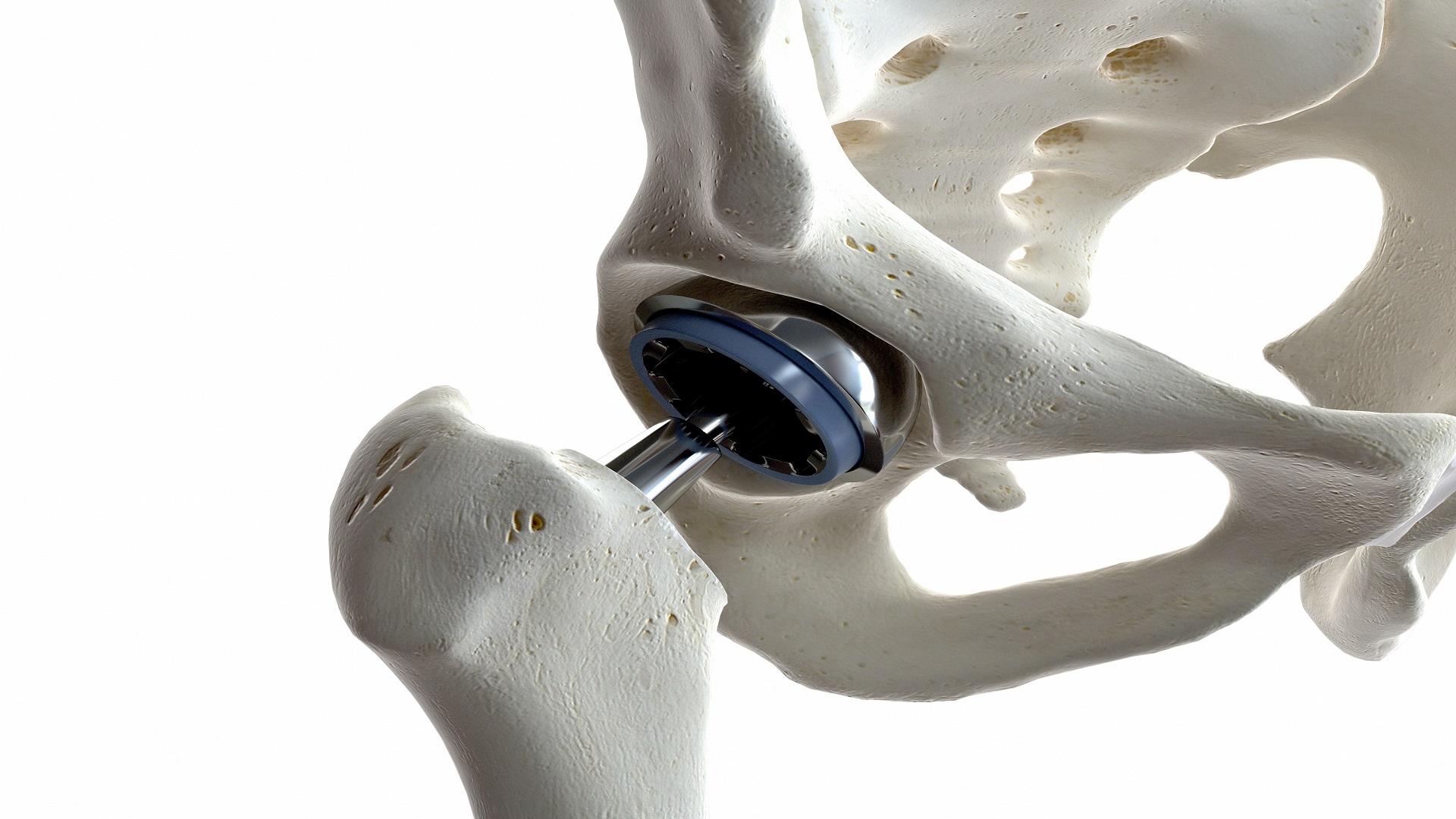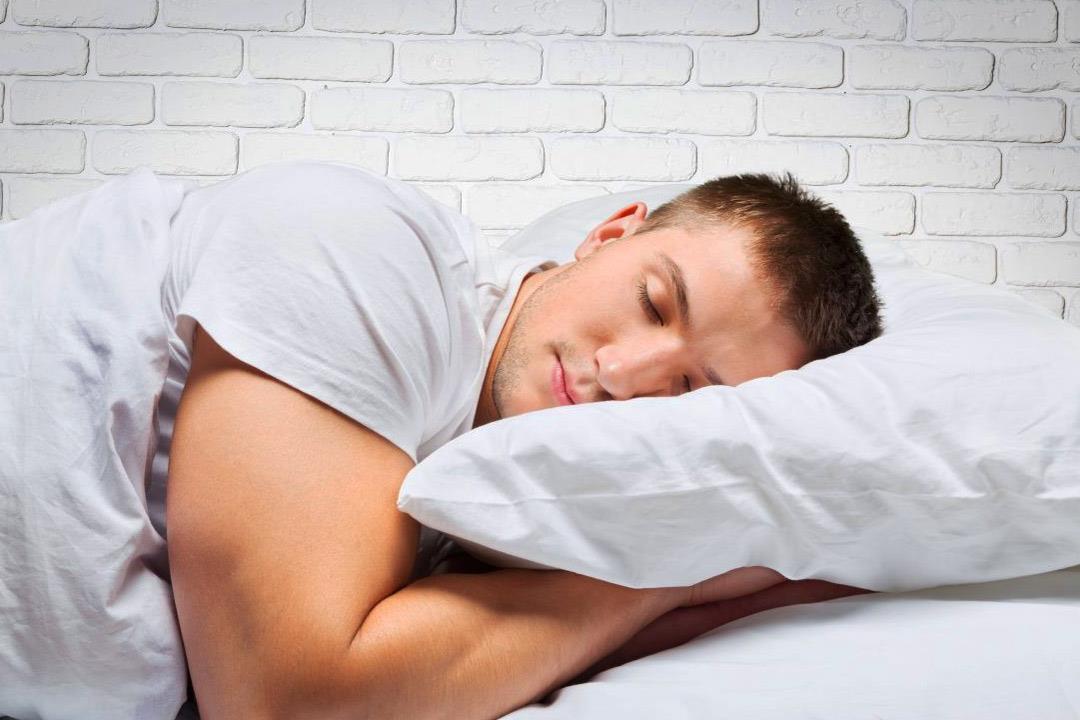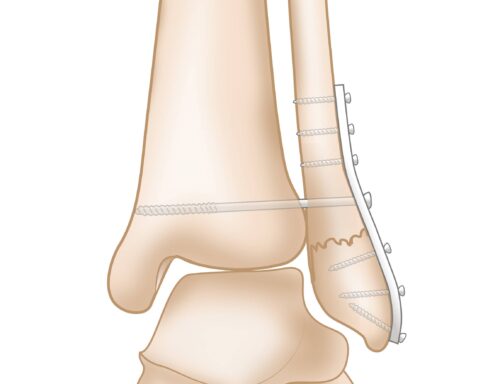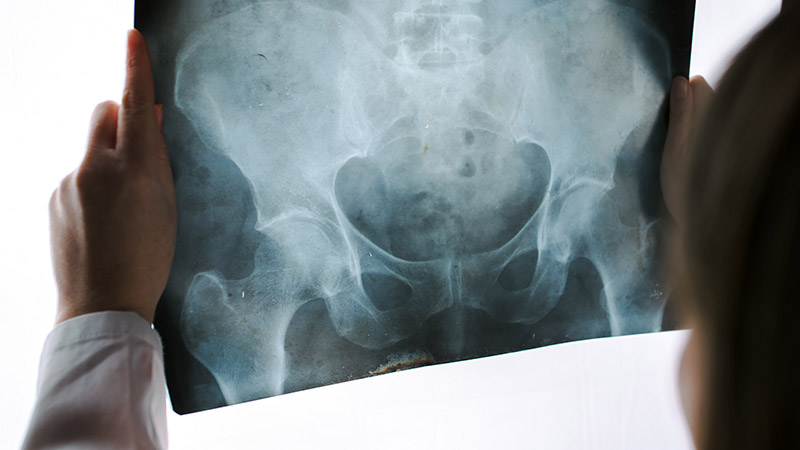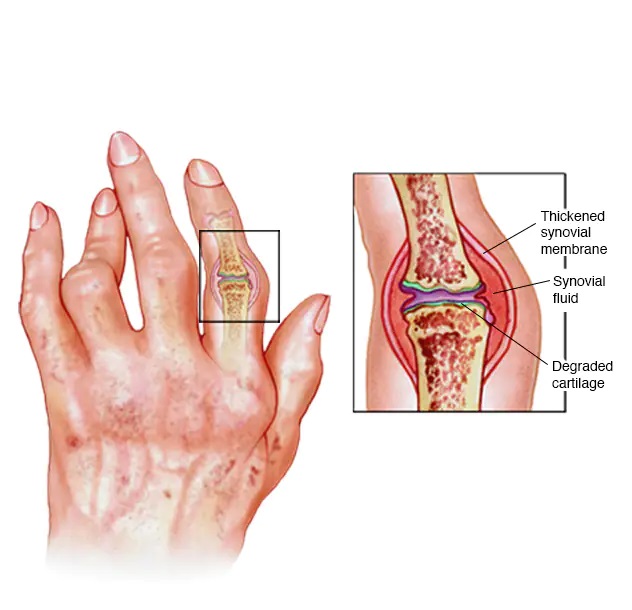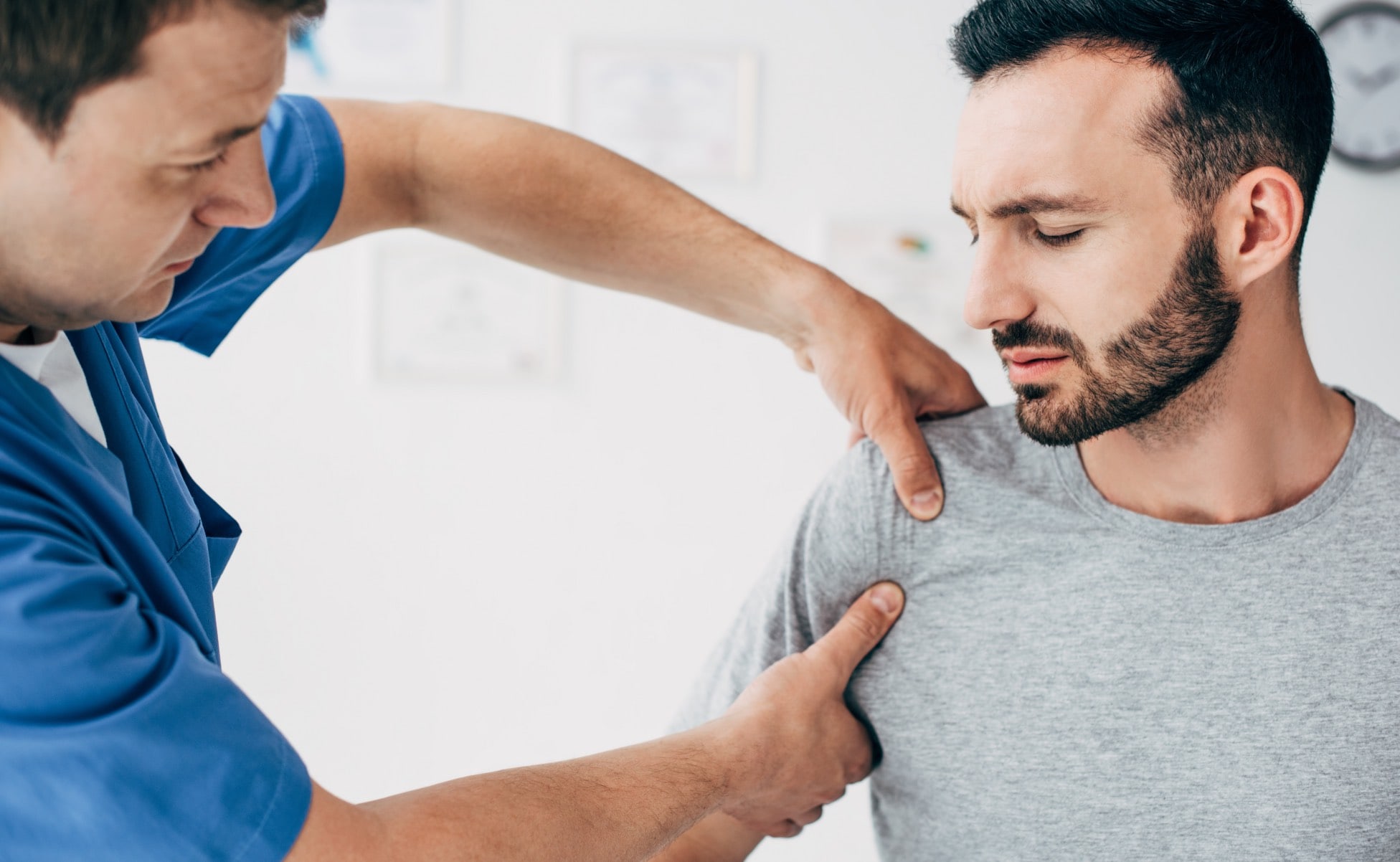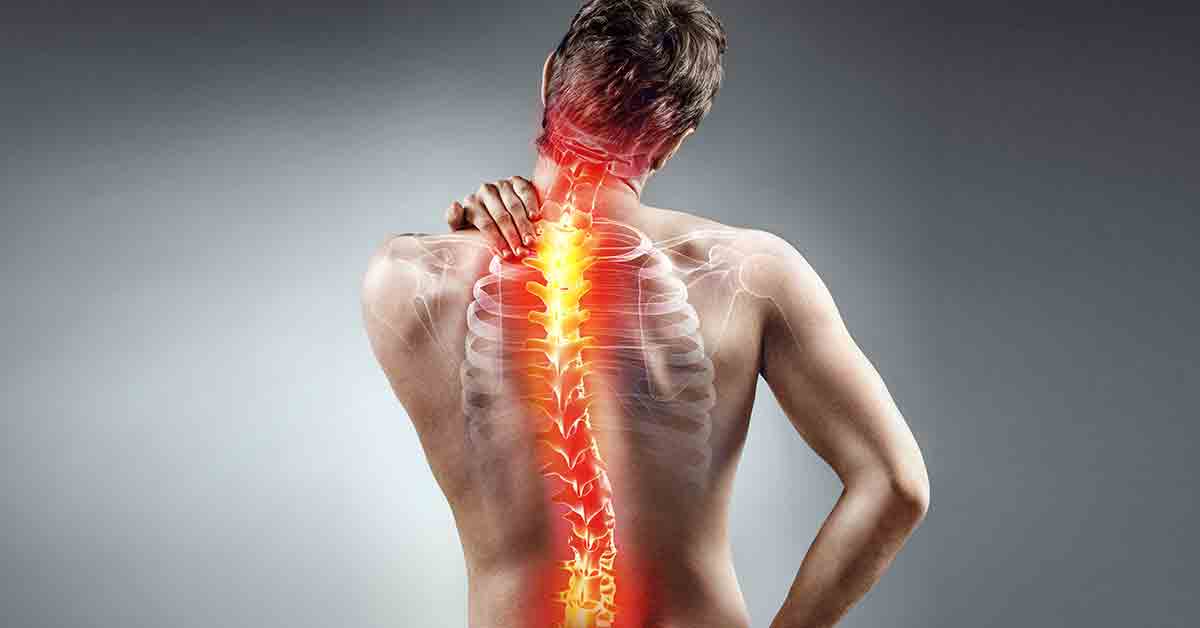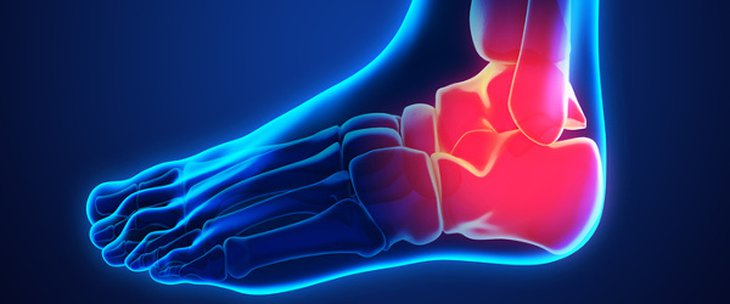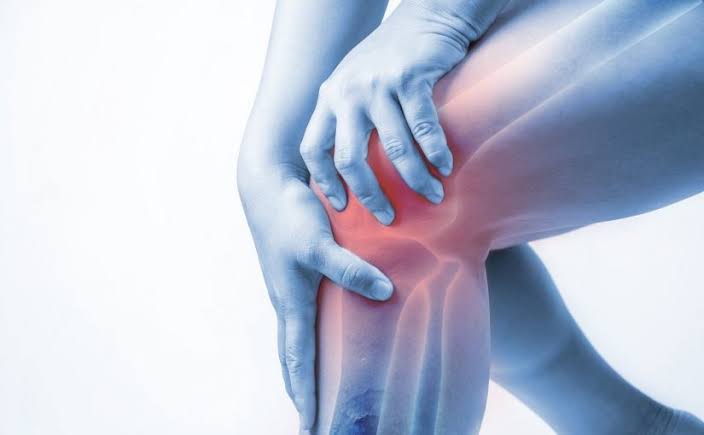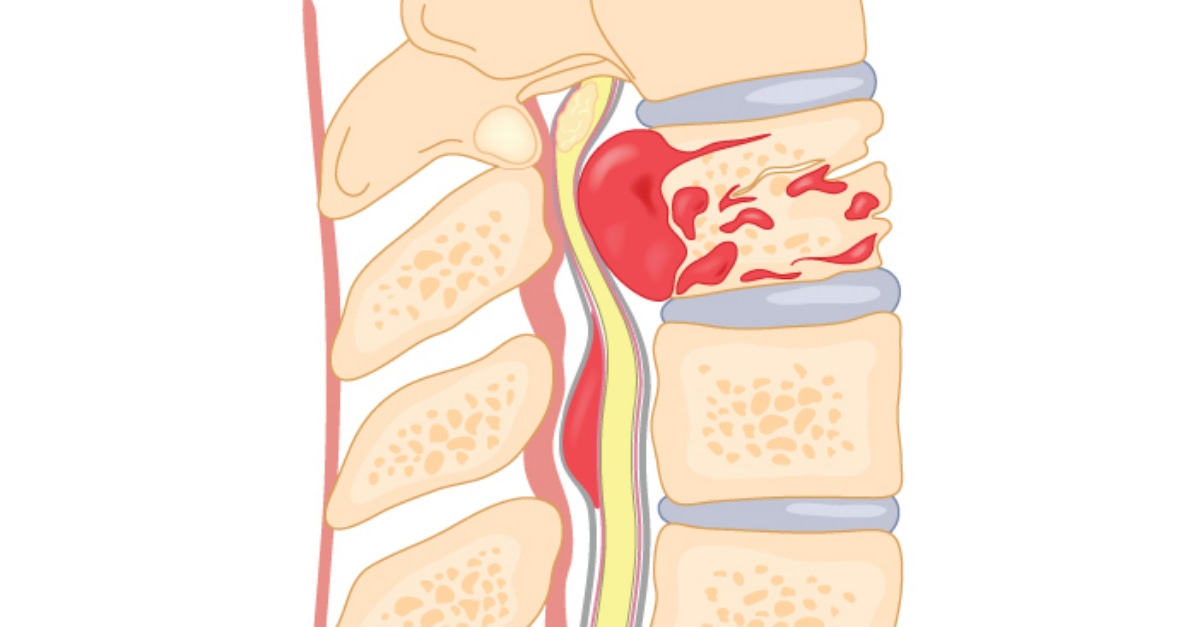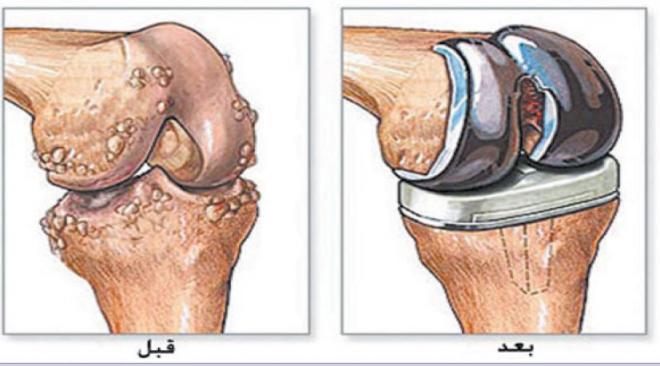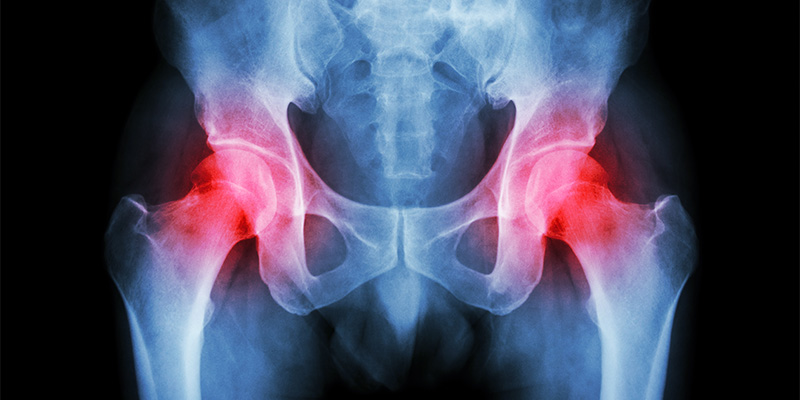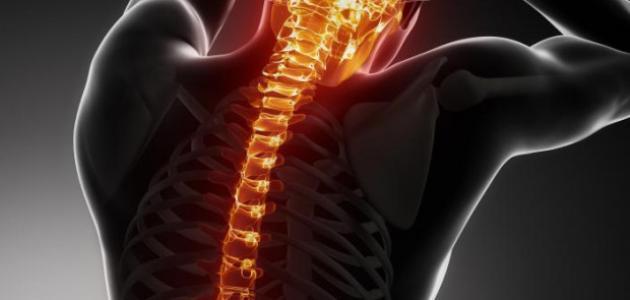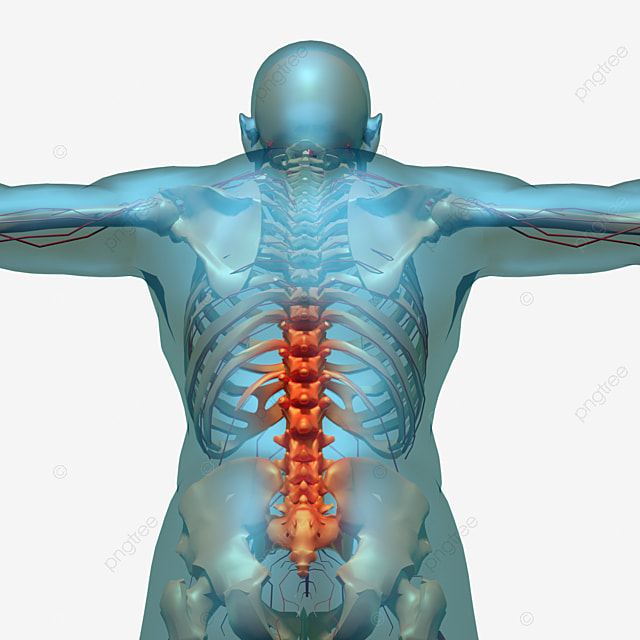Learn about the treatment of muscle strain behind the knee
Muscle tension affects all individuals on most days of their lives, whether it is during daily activities or at bedtime, and it is not considered a serious matter that often causes anxiety and can be treated in a very simple way at the same moment. Follow the following article with us to learn about the causes of muscle tension and how to treat it.
Treatment of muscle strain behind the knee
The muscle strain that occurs behind the knee is very painful, but despite this, it can be treated very easily without the need to go to the doctor, and it can be treated by doing the following:
- Do a good massage of the affected muscle.
- Muscle stretching.
- Flexing and straightening the foot.
- Walking.
- Do some warm compresses.
- Take some pain relievers if needed.
Muscle strain behind the knee
Muscle cramp affects individuals when their muscles are stretched exaggeratedly, and this is a result of excessive use of the muscle and overloading it without doing some warm-up movements before that, which causes great muscle fatigue, and muscle tension is associated with those who practice some types of sports such as football, or it may be associated with symptoms of pregnancy in some women.
The pain of muscle tension is very similar to the cramps that affect individuals in the rest of the body, and the pain of muscle tension is accompanied by pain in the leg and thigh, and in most cases, the patient faces difficulty in walking. There may be many reasons for muscle tension, the most prominent of which are not drinking large amounts of water, the presence of excess toxins in the body, or suffering from knee nerve problems.
Causes of muscle tension behind the knee
Many reasons may result in a muscle strain behind the knee, including:
- Standing or sitting in the wrong positions.
- Aging accompanied by a shortening of the tendons that connect muscles and bones.
- This may be a side effect of taking certain medications such as statins and diuretics.
There are also some diseases that if the individual suffers from them, increase the possibility of muscle tension, including:
- Neurological disorders such as peripheral neuropathy.
- Having body structure problems such as flat feet or spinal stenosis.
- Neurodegenerative disorders such as Parkinson’s disease.
- Problems with the liver, kidneys, and thyroid gland.
- Cardiovascular diseases.
- Diabetes.
Muscle tension behind the knee while sleeping
The muscle strain that affects individuals behind the knee while they are sleeping affects a large group of adults, and this is the result of an involuntary contraction of one or more muscles in the leg, and this affects the calf muscle that extends from the back of the leg to the knee, and also affects the muscles in the front of the thigh and the hamstrings.
Mostly, the muscle tension subsides in a period not exceeding 10 minutes, but in some cases, the pain may last for a whole day. Individuals suffer from muscle tension during the night for unknown reasons, but it has been concluded that some factors lead to this occurrence, including:
- Continuing to stand for long periods.
- Excessive exercise.
- Sitting for a long time.
- Some people neglect their physical health and do not exercise.

